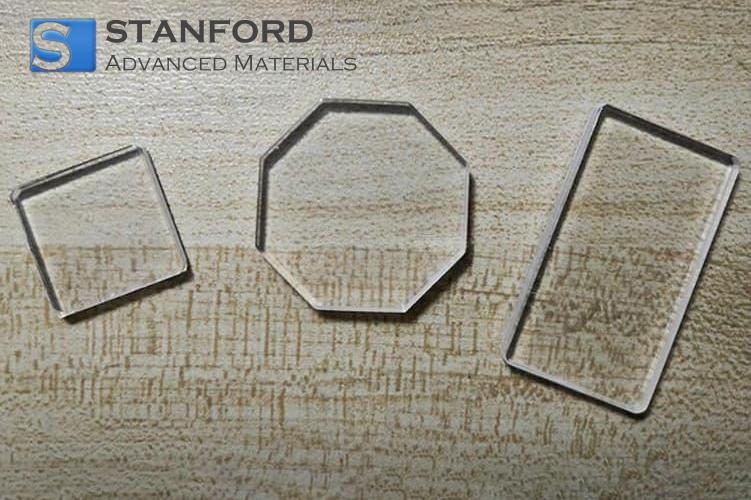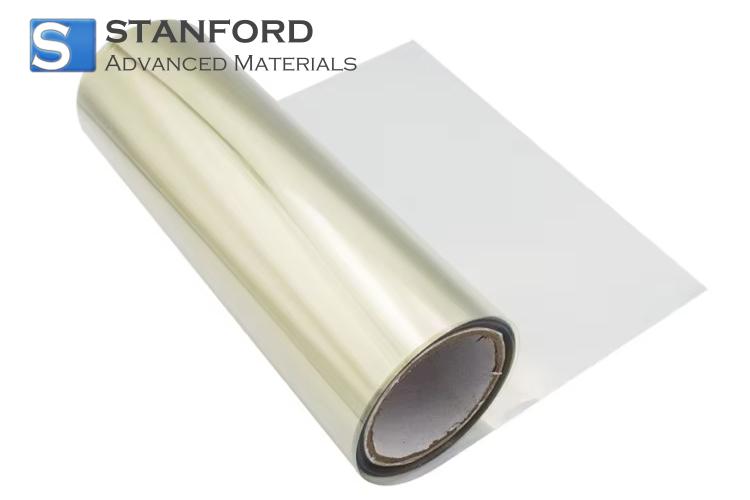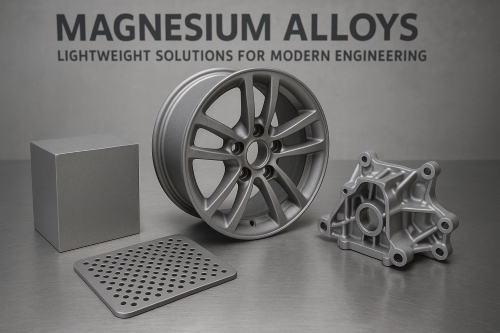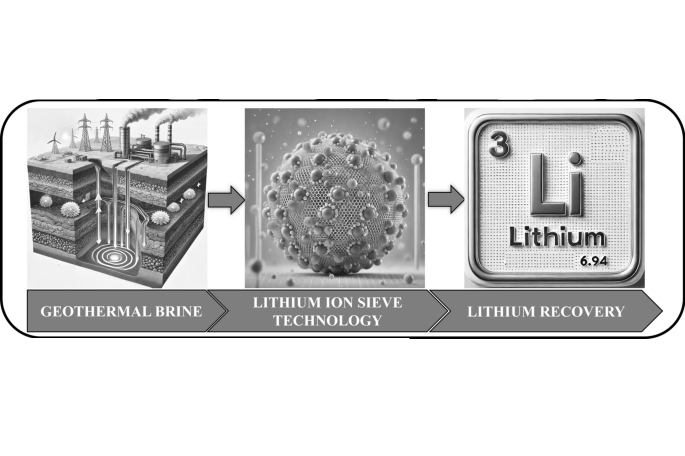The Ultimate Electric Lifting Magnets Guide
How Electric Lifting Magnets Work
Electric lifting magnets operate by creating an intense magnetic field with the help of an electric current. When the current flows through a coil over a magnetic core, a magnetic field is produced. It quickly pulls and holds ferrous metals such as steel. The strength of the field depends on the amount of current and how the magnet is constructed. If the current is controlled, the force can be activated and deactivated as required. This feature makes these magnets extremely useful in industries that require frequent and safe handling of metal items.
Types of Electric Lifting Magnets
There are many types of electric lifting magnets. Each has its own shape and application. These types are often found in various industrial settings. Some common variations include the following:
• Rectangular or Flat Lifting Magnets
Flat or rectangular lifting magnets are built with a smooth surface. They have an even contact area that is best for rectangular or flat loads, such as large panels or steel plates. They are designed to provide maximum contact surface area with the load. This ensures that the object is clamped in place when being lifted. They are common in fabrication workshops and metal processing plants.
• Circular Lifting Magnets
Cylindrical lifting magnets are round in shape. They are used whenever the load is round or where space savings are necessary in the structure of operation. Circular magnets are useful with cylindrical equipment or whenever workspace is constrained. Their shape allows for a varying magnetic field distribution. Circular models are typically found in scrap yards or in industries where awkward shapes must be manipulated.
• Modular or Stackable Magnets
Modular or stackable magnets enable several units to be stacked to achieve more lifting capacity.
Modularity is very convenient when dealing with various load sizes and weights. You can easily adjust the arrangement within a modular system to suit the task. Such a structure is common across many industries because it meets diverse lifting needs. The ability to stack these magnets enables operators to lift heavier or bulkier loads in a safe manner by employing a tailored magnet configuration.
• Electro-Permanent Lifting Magnets
Electro-permanent lifting magnets combine the characteristics of electromagnets and permanent magnets. They require an instant electrical impulse to charge or discharge the magnetic field. They do not require a power source once they are charged. The design is energy-efficient and can be helpful in repeated lifting operations. They offer reliability with low power consumption compared to conventional electromagnets. They are applied in operations where energy efficiency is as important as performance.
Each electric lifting magnet has its own advantages. Rectangular types are best used on flat, level surfaces. Circular types are best suited for round or irregular pieces. Stackable systems provide convenience and extra lifting capacity when required. Electro-permanent types offer power savings across various applications. Magnet selection depends on the load type, the location of the load within the system, and the usage frequency of the magnet. In most industrial applications, multiple types can be combined and used to perform diverse tasks.
Significant Features and Specifications
When examining electric lifting magnets, several features are of paramount importance. Here are some areas for consideration:
• Lifting Capacity (Weight Limits)
Lifting capacity is the weight that a magnet can lift. There are magnets capable of working with a few hundred kilograms, while others can lift tons. Understanding the weight range is essential for effective usage.
• Power Requirements and Efficiency
These magnets primarily operate on direct current (DC). The input power must be compatible with the magnet's design. Energy efficiency is critical. A quality magnet generates a strong field whilst not being power-intensive.
• Duty Cycle and Continuous Operation Ratings
The duty cycle indicates how long the magnet operates continuously without pause. Some designs are intended for continuous use, while others require brief pauses to cool down. Continuous operation ratings allow for long run-times without the risk of burnout.
• Temperature Tolerance and Heat Management
Like most electrical equipment, electric lifting magnets generate heat. Effective designs are equipped with cooling features. Certain magnets can function under adverse conditions, being designed to operate safely within a wide temperature range.
• Safety Standards and Certifications
Safety is a priority. Most magnets comply with well-established international standards. Certifications by bodies such as the International Electrotechnical Commission ensure that the magnet is safe and reliable. Such standards guarantee proper design and testing.
Applications
Electric lifting magnets find extensive applications across numerous industries.
They play a critical role in companies handling heavy metal weights. They are utilised in metal foundries to move heavy castings and metal plates. Scrap yards employ them to collect and sort ferrous scrap metal. Factories with automated assembly lines use them as part of robots that transport heavy loads. Even welding shops utilise these magnets to align metal pieces for fabrication.
Their ease of use saves time and enhances safety. Workers experience fewer accidents as these magnets help to secure heavy loads firmly during transportation and processing. They are also valued for their ease of maintenance and flexibility in many industrial processes.
Conclusion
Electric lifting magnets have existed for many years. Their design is straightforward, but efficient for lifting heavy loads. Rectangular to circular, stackable to electro-permanent, each form provides a solution for specific lifting applications. The primary specifications of lifting capacity, power efficiency, duty cycle, temperature management, and safety standards are critical to the functioning of electric lifting magnets.
Frequently Asked Questions
F: How does an electric lifting magnet work?
Q: It relies on an electrical current passed through a coil to create a magnetic field that attracts ferrous metals.
F: How is the lifting capacity determined?
Q: Capacity depends on magnet design, dimensions, and power input. It is rated by the manufacturer.
F: Are these magnets suitable for continuous operation?
Q: Yes, but refer to the duty cycle rating to ensure safe continuous operation without overheating.

 Bars
Bars
 Beads & Spheres
Beads & Spheres
 Bolts & Nuts
Bolts & Nuts
 Crucibles
Crucibles
 Discs
Discs
 Fibers & Fabrics
Fibers & Fabrics
 Films
Films
 Flake
Flake
 Foams
Foams
 Foil
Foil
 Granules
Granules
 Honeycombs
Honeycombs
 Ink
Ink
 Laminate
Laminate
 Lumps
Lumps
 Meshes
Meshes
 Metallised Film
Metallised Film
 Plate
Plate
 Powders
Powders
 Rod
Rod
 Sheets
Sheets
 Single Crystals
Single Crystals
 Sputtering Target
Sputtering Target
 Tubes
Tubes
 Washer
Washer
 Wires
Wires
 Converters & Calculators
Converters & Calculators
 Write for Us
Write for Us


 Chin Trento
Chin Trento



